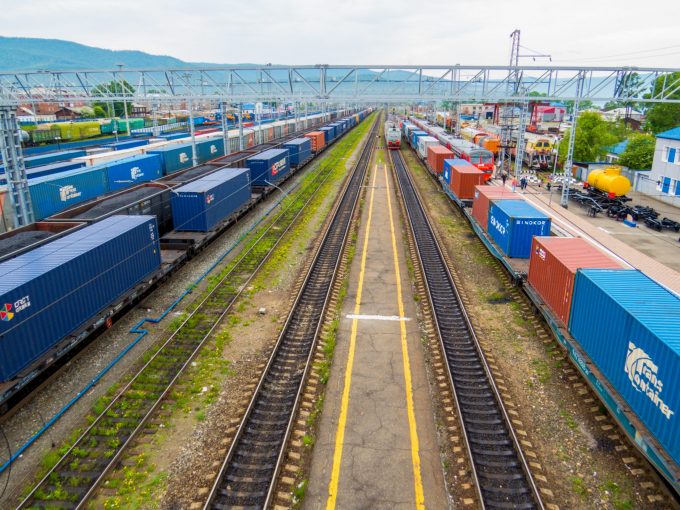EU shippers fear for business as their boxes stack up in Russia
While trade sanctions against Russia following its invasion of Ukraine in 2022 have been well-documented, ...

China-Europe rail freight volumes saw another uptick last month, helped by “record demand” for LCL cargo.
According to China Railway, there were 12,000 train trips between January and September, with volumes increasing to 1.18m teu, up 8% year on year.
By comparison, throughput for the first eight months was 1.02m teu.
The volume growth marks a steady turnaround since the initial shock of the war in Ukraine and subsequent western boycott of Russian supply chains.
Igor Tambaca, MD of Rail Bridge Cargo, said rail ...
Asia-USEC shippers to lose 42% capacity in a surge of blanked sailings
USTR fees will lead to 'complete destabilisation' of container shipping alliances
New USTR port fees threaten shipping and global supply chains, says Cosco
Outlook for container shipping 'more uncertain now than at the onset of Covid'
Transpac container service closures mount
DHL Express suspends non-de minimis B2C parcels to US consumers
Zim ordered to pay Samsung $3.7m for 'wrongful' D&D charges
Flexport lawsuit an 'undifferentiated mass of gibberish', claims Freightmate

Comment on this article